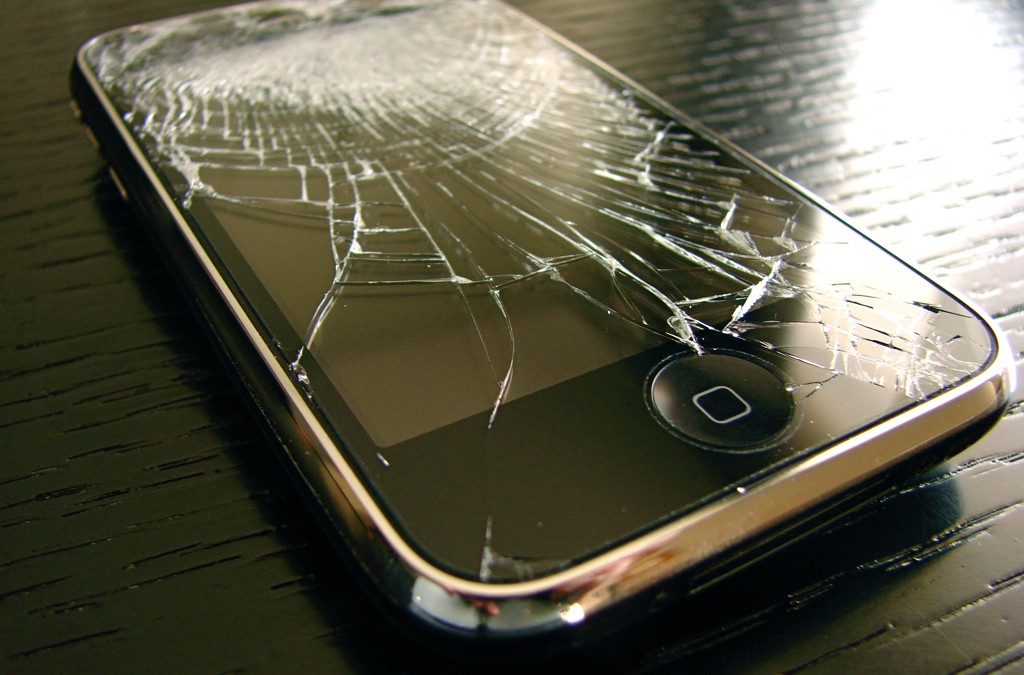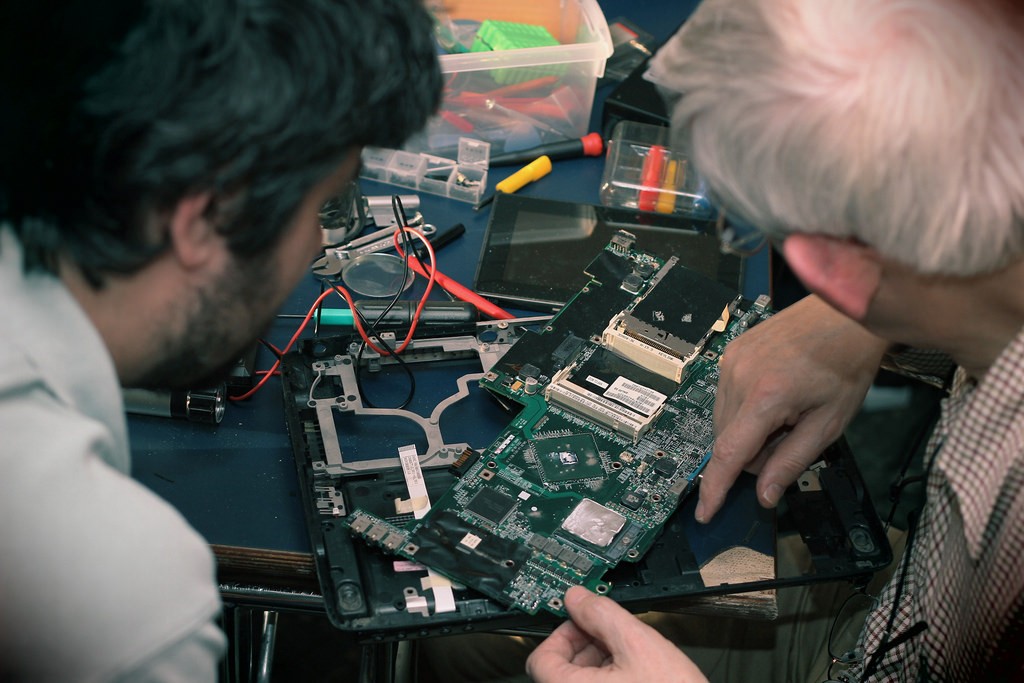Xmas is over. Your shiny new iPad Mini is unwrapped and ready for many years of ebook reading. But there remains a nagging problem: what to do with the old iPad Mini with the badly damaged glass on the front panel assembly. You investigated the costs of having it repaired—the estimate is almost as much as what the tablet originally cost. The iPad is about 10 seconds away from being tossed in the electronics recycling basket. And then a thought pops into your brain: can I repair this thing myself?
As a complement to the rising Maker Movement—which celebrates the joys of creating innovative new things—the less publicized Fixer Movement looks beyond the throwaway culture and encourages people to repair broken electronics gear. Given that ereaders, laptops, smartphones, and other electronic devices are not typically designed for easy repair—because of glued together parts, unorthodox fixtures and screws, and non-swappable components—you are not remiss in feeling intimidated by the process of trying to fix these things.
Despite the difficulties, there are resources and much of the information needed to perform home repairs is being consolidated on the Internet, including one particularly useful resource: iFixit. The steps to replace that broken screen on the iPad Mini are posted on the site in a detailed procedure. As you can see, some ingenuity is needed, as well as some special tools (with links to sources for parts and tools). Many people are discovering that there is enormous satisfaction in being able to repair dead devices and pass them along to someone who can use them or continue using them yourself. If you need the newer technology for some reason, donate repaired equipment to your local library, a school that can use the equipment, or a child you know who is just getting started with ereaders or computers.
Increasingly, newer gadgets are being designed without any long-term thoughts about the difficulty of maintenance and repair. Kyle Wiens, co-founder of iFixit, quoted in an interview by David Schembri, observed:
There are some products which are definitely getting harder to repair; we’re seeing more products glued together than we ever have before. The iPad, for example, is a category of product which should have probably never have been built.
I wouldn’t say it was Apple’s intent to create a throwaway product, but I would say that that’s the end result.
In an article for WIRED, Clive Thompson noted:
Today e-waste has become one of the fastest-growing categories of refuse. We chucked out 2.4 million tons of it in 2010 and recycled just 27 percent. And “recycling” often means shipping electronics overseas, where the toxic parts pollute developing countries. It’s a mess. A fixer movement could break this century-old system.
The Restart Project, based in London, shares information and teaches skills to interested community members—often at free Restart Parties—with a simple goal: to help extend the lifespan of electronics and electrical equipment (and in doing so, keep this gear from becoming waste). Through events and information about repair distributed through a variety of media channels, The Restart Project is actively advancing the principles that form the basis of the Fixer Movement. Podcasts by the organization examine key topics, such as Where do our gadgets go when they die? (relating a visit to a recycling plant in southern England).
There’s definite pleasure in taking an electronic device in its death throes and resurrecting it to full function with your own hands. With instructions from iFixit I recently replaced a dead hard disk drive in an HP Pavilion laptop. The repair itself took about five minutes once I had necessary information about how to remove an obstinate panel on the bottom of the laptop without breaking it. Many common repairs are equally simple—once you have a bit of information and guidance.
More power to the Fixer Movement!
Broken iPhone image by magic_quote.
Other image: Creative Commons licensed by The Restart Project, on Flickr.

